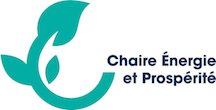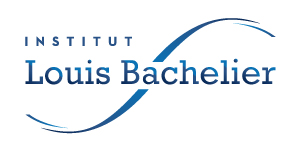This paper studies the adoption of clean technology in an oligopolistic setting, focusing on carbon capture and storage (CCS) in the cement sector. Firms can choose between two technologies: a carbon-
intensive (« dirty ») technology and a low-carbon (« clean ») one. Initially, all firms operate with the dirty technology, whose variable cost increases over time with the social cost of carbon, following Hotelling’s
rule. Clean technology has a constant marginal cost but requires a sunk investment cost. Firms engage in short-term Cournot competition, and the adoption decision is modeled as a dynamic game in continuous time. We show that imperfect competition leads to inefficiently delayed adoption due to preemption incentives, with firms eventually coordinating on a late joint adoption equilibrium. We propose two corrective public policies: a fixed-cost subsidy and a time-dependent subsidy on profit flows. Calibrating our model to the cement industry, assuming five competitors, we find that without policy intervention,
CCS adoption would occur in 2042 rather than the socially optimal date of 2030. Obtaining optimal timing requires either a 70% fixed- cost subsidy or a time-dependent subsidy equivalent to 20% of that amount, although it requires more information for implementation.
Découvrez en ligne la dernière newsletter et inscrivez vous pour recevoir la prochaine

